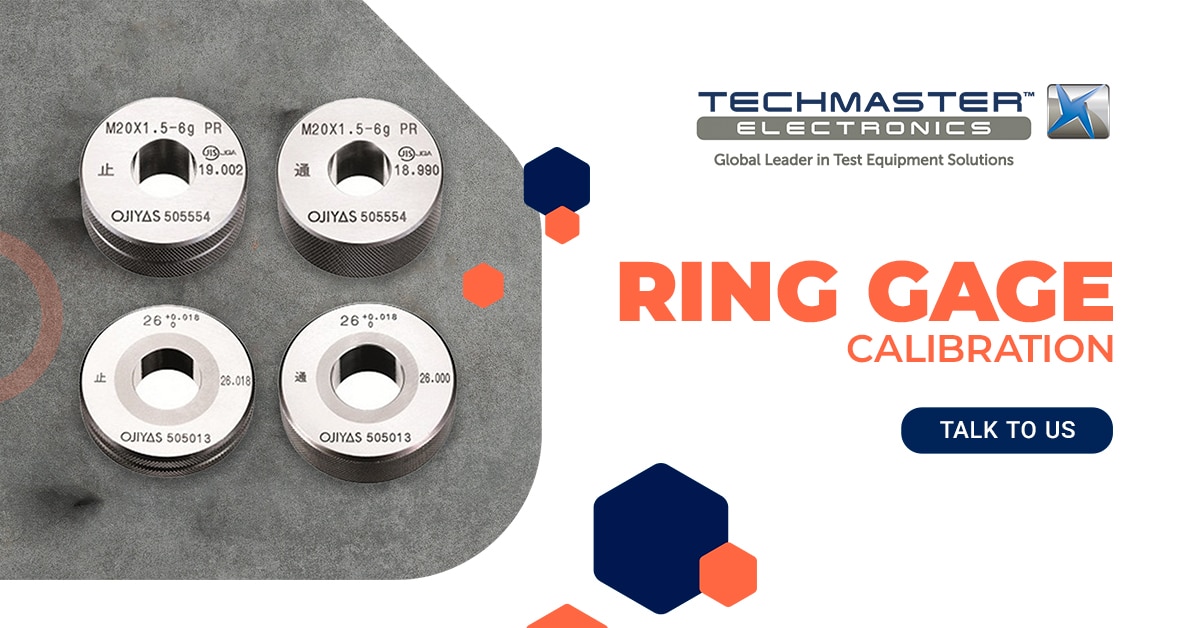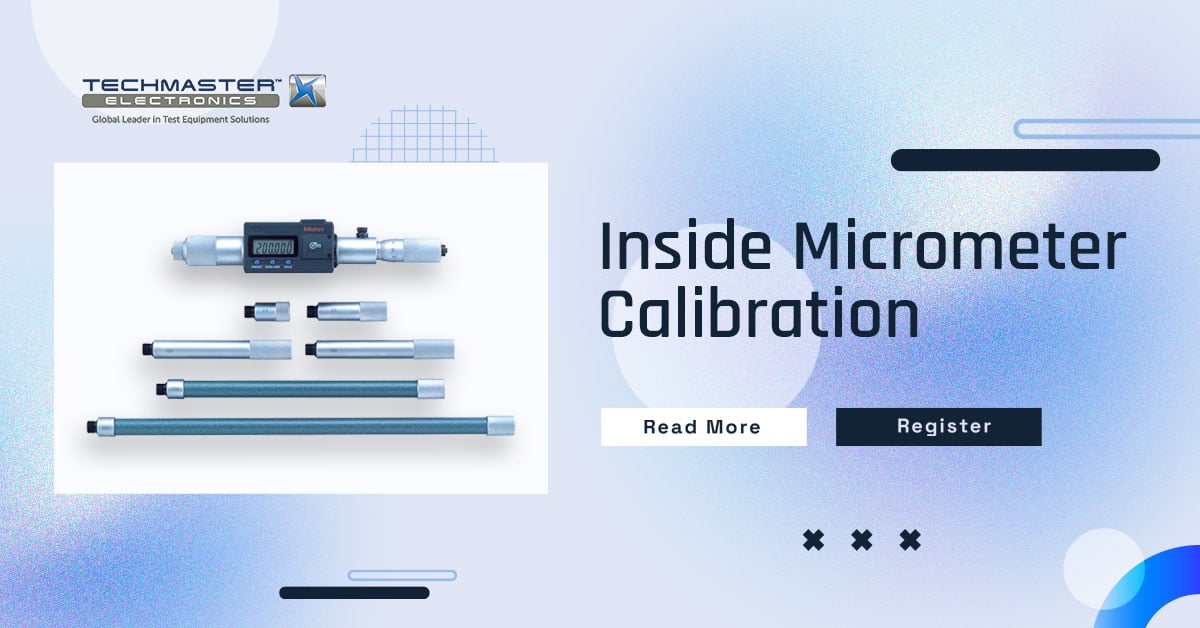1. Overview of Pin Gauges
Pin gauges calibration is an essential process in mechanical engineering, ensuring that measuring instruments remain reliable and accurate. Pin gauges serve as precise standards for calibrating other tools and verifying machined parts.

2. Definition and Function
Pin gauges, also known as gauge blocks, are rectangular blocks with two parallel, flat surfaces. They are highly precise in terms of dimension and surface finish. A standard pin gauge set typically includes multiple blocks of different sizes, stored in a protective case.
Pin gauges play a crucial role in mechanical measurement, particularly in CNC machining. They are commonly used to measure gaps in machined parts, check the tolerances of calipers, dial indicators, micrometers, and other measurement devices. Additionally, they serve as references for marking and inspecting measuring instruments. In essence, pin gauges act as fundamental standards for recalibrating other measuring tools.
These gauges are made from a variety of materials, including stainless steel and ceramic, providing users with diverse options based on their specific needs. Furthermore, pin gauges can be combined to create custom sizes, accommodating a wide range of measurement requirements.
3. How to Use Pin Gauges
To effectively use pin gauges for calibrating measuring devices, it is important to follow proper handling procedures. Operators should wear specialized gloves and use lint-free cloths to clean the gauges, especially the measuring surfaces. Avoid twisting or rubbing the gauges forcefully against the measuring devices to prevent scratches on both the gauges and the instruments. Multiple pin gauges can be assembled to achieve specific dimensions greater than the length of an individual block. A standard set may contain between 7 and 122 pin gauges.
When using pin gauges, always clean the surfaces with 99.9% alcohol solution and handle them with care to maintain precision.
4. Accuracy Grades
Pin gauges are manufactured with different accuracy grades, ranging from the highest precision to lower levels: Grade 00, K, 0, 1, and 2. Grades 00 and K are measured using absolute interferometry methods, while lower grades are measured by comparison with Grade 00 or K using comparison instruments.
-
- Grade K: These pin gauges have the smallest error in flatness and parallelism. Grade K gauges are used as reference standards for calibrating other pin gauges or for research purposes. They are widely applied in laboratories for verifying the precision of machining tools and measuring instruments.
- Grade 0: These gauges are also used for verifying the accuracy of pin gauges in machine shops and for calibrating measuring instruments. Grade 0 pin gauges are suitable for laboratory use and precise calibration.
- Grade 1: This grade meets the accuracy requirements for inspecting measuring devices and machined parts. Pin gauges of Grade 1 are commonly used in laboratories and workshops for high-precision calibration.
- Grade 2: These gauges are suitable for general measurement and calibration of mechanical tools and instruments. Grade 2 pin gauges are widely used in manufacturing plants to check product tolerances.
5. Maintenance of Pin Gauges
Proper maintenance is vital to prolong the lifespan of pin gauges. After use, the gauges should be lubricated with oil or grease (acid-free petroleum jelly) to protect them from corrosion. Pin gauges made of steel should not be stored in contact with each other for more than 8 hours to prevent cold welding. Always store the gauge set in a dry place, away from direct sunlight, with minimal temperature fluctuations.
6. Conclusion
Pin gauges calibration is indispensable for ensuring precise mechanical measurements. By following proper usage and maintenance guidelines, users can achieve accurate calibration of measuring devices and maintain high-quality standards in machining and manufacturing processes.











